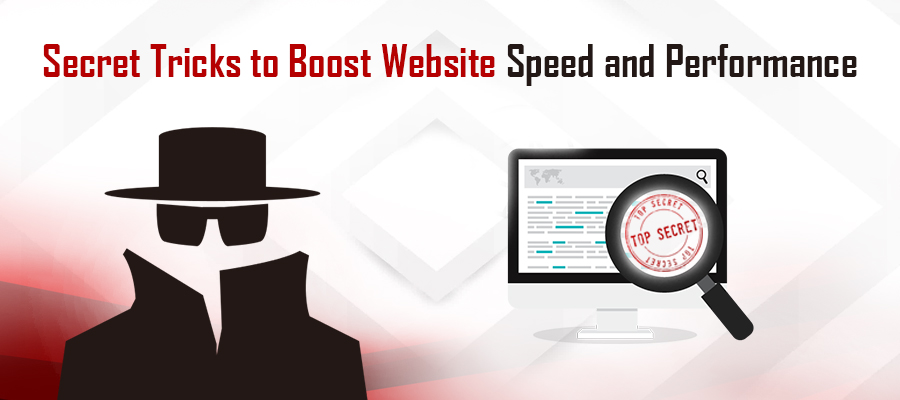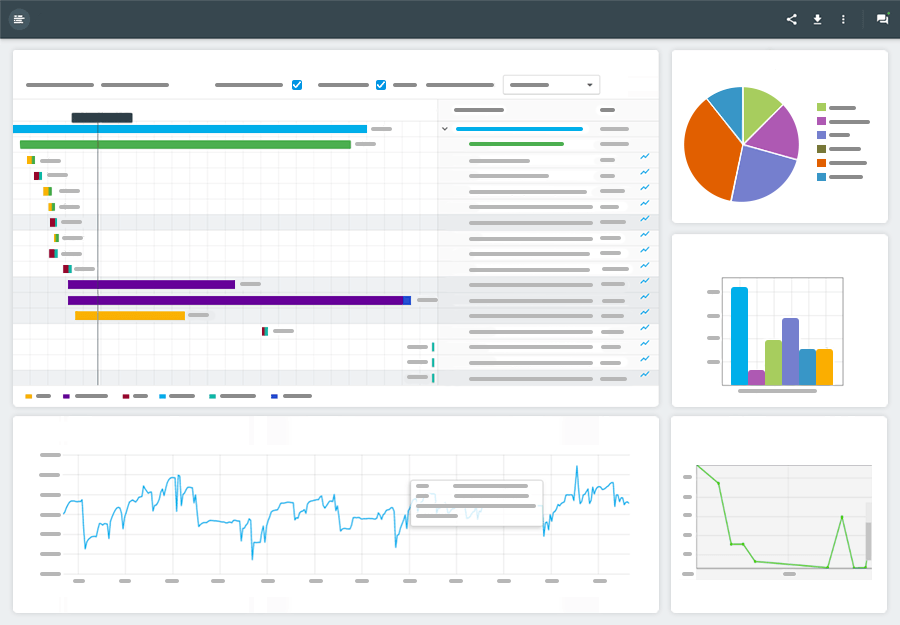 Regardless of your target audience, or website purpose, every webmaster shares a universal goal: to create a fast and responsive website.
Regardless of your target audience, or website purpose, every webmaster shares a universal goal: to create a fast and responsive website.
You would think, given the proliferation of our digital lives, website performance and speed wouldn’t be an issue. However, for countless websites, the biggest contributing factor for limited success boils down to website speed.
If you’re searching for a dynamic way to boost website speed, without watering down its capabilities or functionality, then you’ve come to the right spot. Continue reading to uncover the latest secret tricks capable of kicking your website into hyperdrive. Buckle-up, because we’re about to move your platform into the fast lane.
The Imagery of Efficiency and Speed – Image Hacks
No, this isn’t a standard “make sure to optimize your images” tip. This should already be common knowledge for even the most novice webmaster. Rather, we’re going to discuss other elements of your images that you may not know exist.
- Host your images on a different domain. Did you know web browsers can load more than one domain at the same time? Instead of consolidating your entire platform into a single domain, why not spread out some of the information? Hosting your images on a different domain, such as a cloud-based server, can dramatically reduce loading time and boost website speed you need, and your audience, crave.
- Does your hosting provider offer post-upload resizing options? While this may seem like a great way to save you time, it does absolutely nothing for loading times. Always resize your images before upload. Failure to do so can result in your audience waiting for a 700-pixel-wide image to populate in a 200-pixel-wide thumbnail.
CSS Like a Pro – Hacking Your Stylesheet
Almost every website uses CSS stylesheets on some level. Boost website speed by following one or all of these tips:
- Create a separate stylesheet for each page. Instead of a single stylesheet, which can become quite large (i.e., slow performance), each unique page should have its own stylesheet. This way, only what styles are needed are pulled.
- Review your stylesheet for bloat codes, such as <p> rather than  . Doing so strips the length and size of your stylesheet into a more compact version. This ultimately results in a much faster load times.
The Hidden Tricks for High-Performance
The following are little hacks capable of producing major performance upgrades:
- Cache your site on the server. If you’re using a WordPress site, W3 Total Cache is an excellent option. Otherwise, go with the server cache tool used by your hosting provider.
- Use static pages whenever possible. Even though most of your site may be built upon non-static code, such as PHP, there are absolutely several pages on your site that rarely change (like that About Us page, for example).
- Monitor and manipulate your hosting server memory. This is a complex process, but well-worth your time. Don’t know where to start? Contact your hosting provider. They’ll be able to guide you in the right direction, or perform this fix on your behalf.



2 Comments